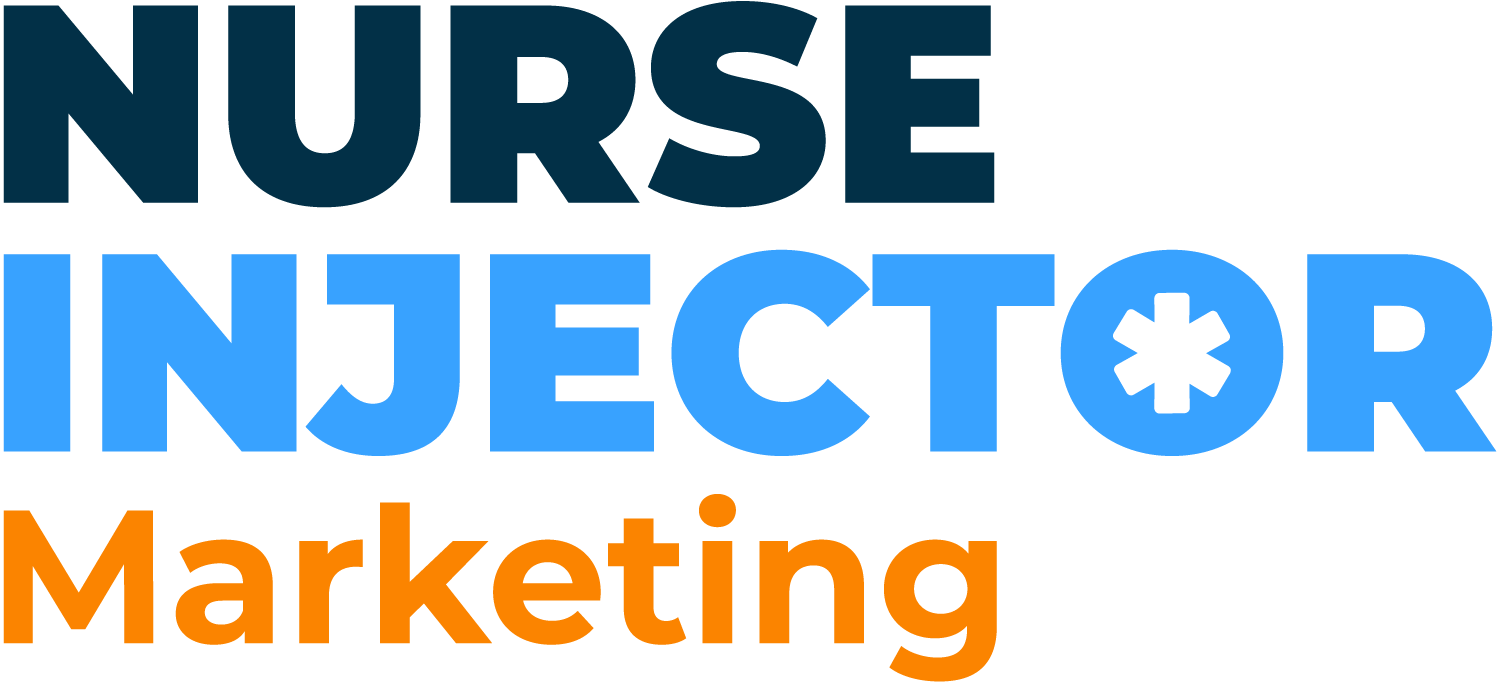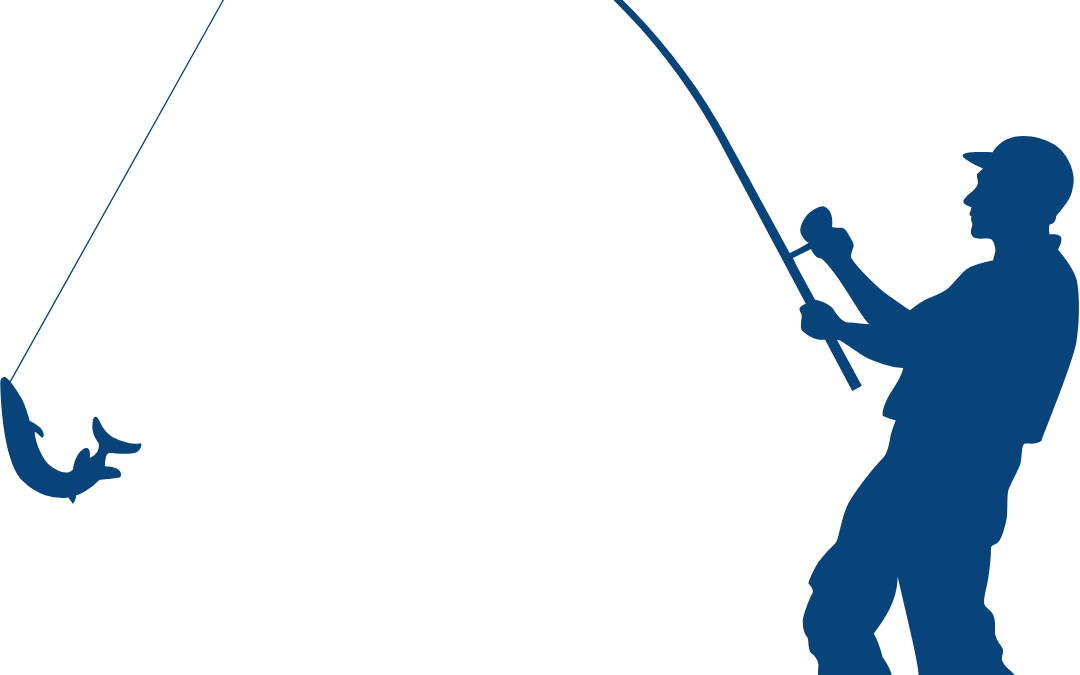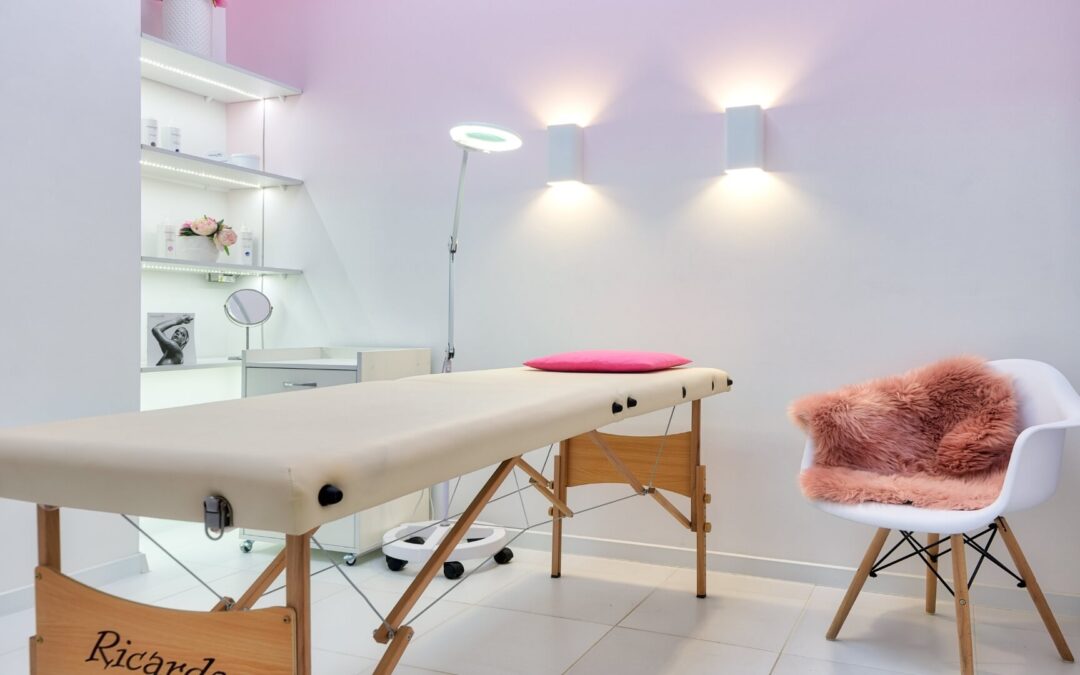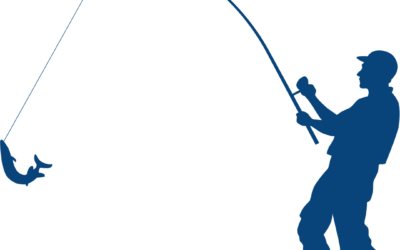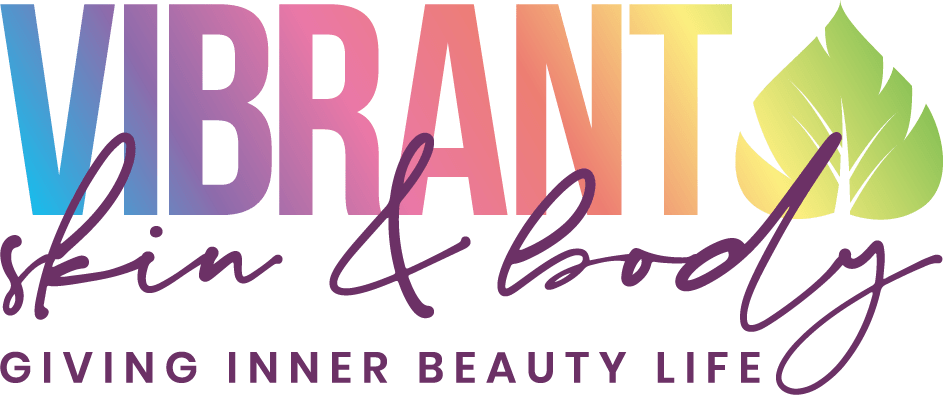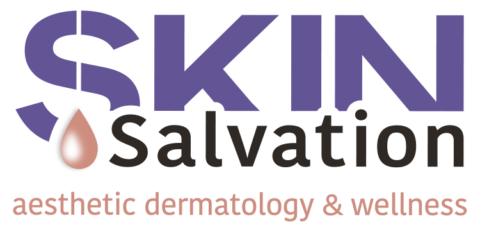Instagram ads, TikTok videos, SEO strategy, emails – the list goes on. There are so many things you can do when it comes to marketing your medical aesthetics practice, and all of them require an investment of time, effort, and money. So, you must be thoughtful about which ones you choose in order to get the best return and grow your practice to what you know it can be.
The foundational concept of choosing your marketing tactics is leverage. Leverage is about the balance of how much effort you put in, versus how much you get in return. We’ve outlined 5 strategies that we think are most effective for nurse injectors: referrals, warm outreach, paid ads, content creation, and SEO. We’ll talk about these in order from highest to lowest leverage marketing tactics based on your level of effort, cost, and the return on investment.
Referrals
Level of Effort: Low
Cost: Low
Return on Investment: High
Referrals are your secret weapon when it comes to marketing and getting new patients. They require little effort and cost and, if done correctly, will have an outsized return. The trick with referrals is creating a habit (or an automation) for getting them.
Of course, referrals are based on exceptional results, so you must start there. The next part of getting a referral is building genuine and strong relationships with your patients. We refer our friends to people we like. Part of this is the halo effect – when I’m connected to someone that’s awesome, other people will think I’m awesome. If a patient doesn’t vibe with you, you can’t expect them to want you to succeed.
From there, you need to train your patients to give you referrals. You can do this by asking patients at the end of a service if they have any friends who struggle with a similar concern (wrinkles, acne, etc.), and if they do, you can ask them to share your contact information.
Another fun way of getting a referral is asking your patient “Do you want me to succeed?” If they like you, they will laugh and say yes! It’s a light-hearted way of introducing referrals without being pushy. Once you’ve nailed your delivery of these, you can automate them via SMS/email.
Warm Outreach
Level of Effort: Low
Cost: Low
Return on Investment: Low-Moderate
Though the return on warm outreach may not be mind-blowing, it’s a great tactic for those in their first or second year of business because it doesn’t require you to have a client list, money, or much time to work.
Warm outreach involves reaching out to individuals who have already expressed some interest in or familiarity with your services. This could be your social media followers, your friends and family, your list of Facebook friends, or your email contacts. Unlike cold outreach, where you find completely new prospects, warm outreach taps into pre-existing relationships or engagements which makes the ask a bit easier.
The ask is a more elegant version of: “Hey, I offer ___ service. Is that something you or your friend might be interested in?” The effort is low and the cost is $0. You really just need to be thoughtful about how you craft this message that you will essentially blast to everyone you know. Include what you offer, how they benefit, and how to take action.
If you want to take a more narrow approach, you can make the messages more personalized. That might mean sending a one-to-one message to all of these people, using their name and maybe something specific about your relationship with them to ask if they’re interested.
The return on investment in warm outreach is moderate. While there’s an existing connection or interest, it might not guarantee an immediate conversion or high returns. The effectiveness often depends on the strength of the pre-existing relationship, the quality of your message, and how well you nurture it through your outreach efforts. (It can be a one-and-done message, but follow ups are encouraged!).
Paid Ads
Level of Effort: Moderate-High
Cost: High
Return on Investment: High
When we refer to paid advertising, we mean spending money on platforms like Instagram, Facebook, Google or Pinterest to spread awareness of your services. Unlike organic methods, where visibility is gained naturally, paid advertising ensures that your message reaches a specific audience through targeted placements.
Your level of effort ranges, depending on how you execute this strategy. If you hire an agency to do it for you, it’s low, if you decide to learn the platforms, it’s high. If you’re DIY-ing, implementing a paid advertising strategy requires you to design ad creatives, write the copy, select target demographics, manage ad budgets, and continually optimize campaigns for better performance. Number tracking is also crucial. You’ll want to know the lifetime value of a customer, the cost of acquiring that customer, and the return on ad spend to make sure this marketing tactic is profitable.
When it comes to cost, paid ads are like a faucet: when your payment is active, the flow of results is consistent. However, once the payment stops, so do the returns. The cost can vary based on factors such as audience targeting, ad placement, and industry competition.
In this way, paid ads are expensive, but (if managed correctly) you get what you put in. The ability to target your demographic and track campaign performance allows for the right people to see your ad. A well-optimized campaign can generate significant leads and conversions, giving you a fairly reliable way to get patients in your chair.
Content Creation
Level of Effort: High
Cost: Low-Moderate
Return on Investment: Low-Moderate
Content creation involves the generation of valuable and engaging materials, such as blog posts, videos, or social media content that showcases your expertise and connects with your audience. Unlike paid advertising’s immediate impact, content creation focuses on building a lasting and authentic relationship with your community.
A high level of effort is required when it comes to content creation, even if you have a team supporting you. Crafting compelling and informative pieces, maintaining consistency, and tailoring content to your audience’s preferences requires dedication and creativity. (Emphasis on creativity – you need this to stand out in a crowded market!). While it may not provide instant results, the effort invested can establish you as an authority in your field over time. And a team’s support is definitely encouraged, but remember that what makes it interesting/shareable is your unique take on the subject matter.
The cost varies depending on how you create your content. If it’s a solo mission, you won’t have to pay anyone. You might want to spend money on services/tools like Canva and Later, or products like cameras, tripods, or microphones to help you create and organize content. But at the beginning, you can definitely make it happen without too much investment! Focus first on the value of content to your audience, then think about the technical quality of the content.
The return on investment in content creation is in the low to moderate range. While not as immediate as paid advertising, well-crafted content builds trust, loyalty, and brand awareness over time. The cumulative impact can result in a steady influx of leads, enhanced brand recognition, and a positive reputation in the long run.
SEO
Level of Effort: Low-Moderate
Cost: Low-Moderate
Return on Investment: Low-Moderate
Search Engine Optimization (SEO) is the practice of enhancing your online content to rank higher in search engine (Google, Bing, etc.) results. A higher ranking means it is more likely that people searching for the services you offer will find you.
There are two types of SEO: on-page and off-page. On-page is essentially optimizing things on your own website to improve visibility (e.g. a blog you wrote), whereas off-page involves getting other websites to point to your website (e.g. a press release that has a link to your website).
Your SEO strategy demands a low to moderate level of effort, depending on your skillset. SEO work involves optimizing your website content (the words on each page, images, and meta tags), incorporating relevant keywords, improving user experience, optimizing speed, and obtaining backlinks.
What makes SEO unique is that a singular investment in time and effort will work for you over and over again. For example, if you write an amazing blog with the keyword phrase “botox near me”, over time it will continue to rank higher and higher on search engines the more people click on it. So a few hours of effort today can continue to drive people to your website over time.
The cost of SEO is generally low to moderate. While you might consider hiring an SEO expert or investing in tools to streamline the process, many fundamental SEO practices, such as keyword research and on-page optimization, are pretty low-cost.
Unlike paid advertising with more immediate results, SEO is a long-term strategy that gradually builds organic traffic. While the returns may not be immediate, a well-executed SEO strategy lays the groundwork for long-term success in attracting and retaining clients in the competitive field of medical aesthetics.
Final Thoughts
Every nurse injector’s marketing strategy should be a well-thought-out blend of these tactics. By understanding the nuances of each approach, you can maximize your efforts, minimize costs, and achieve a remarkable return on investment!
Want to learn more?
